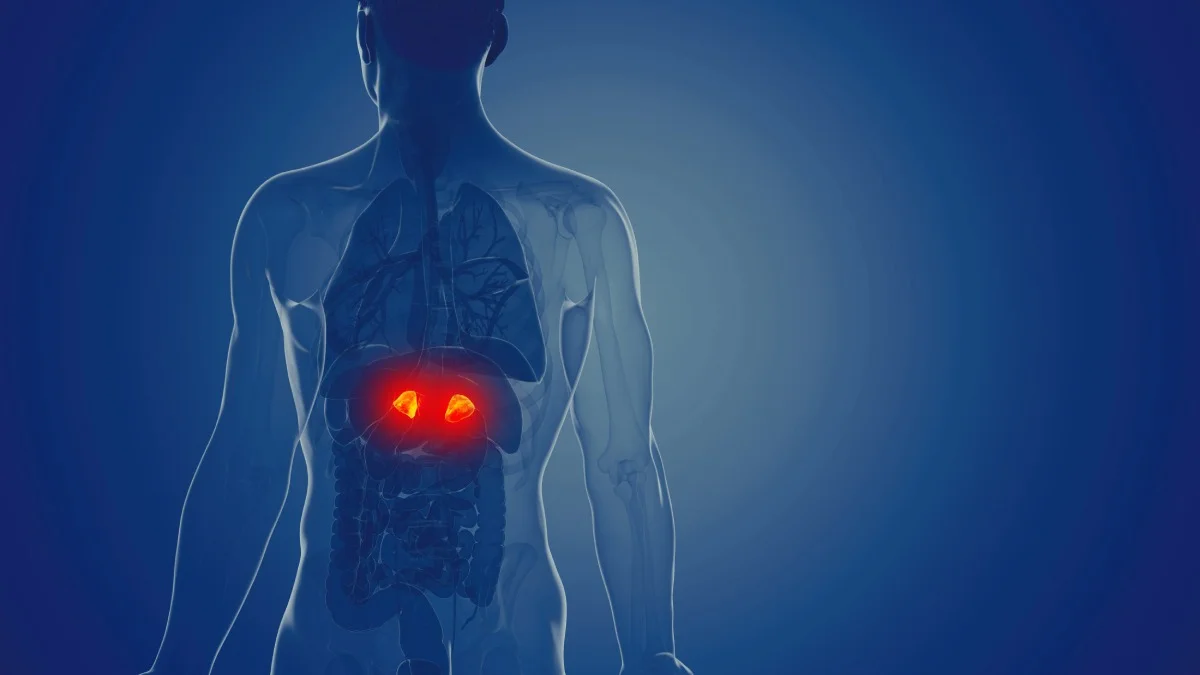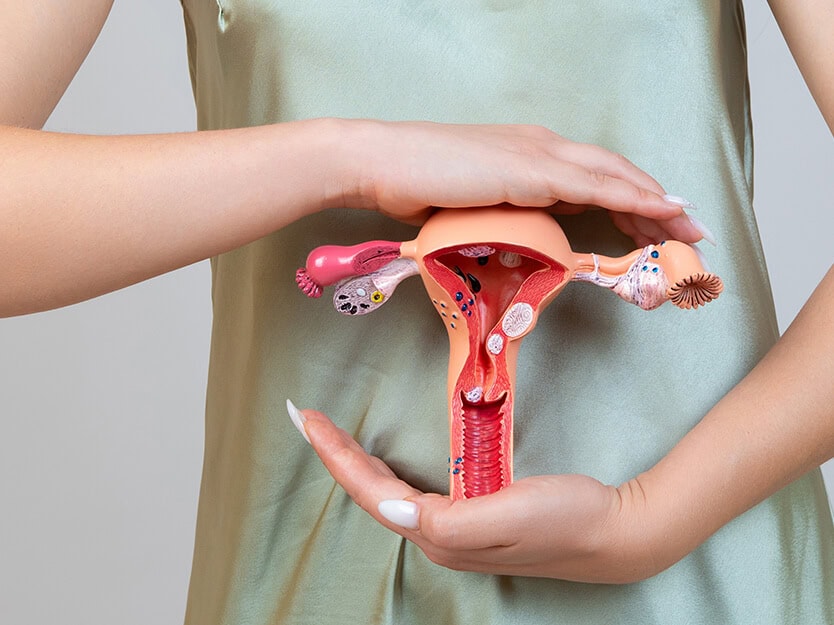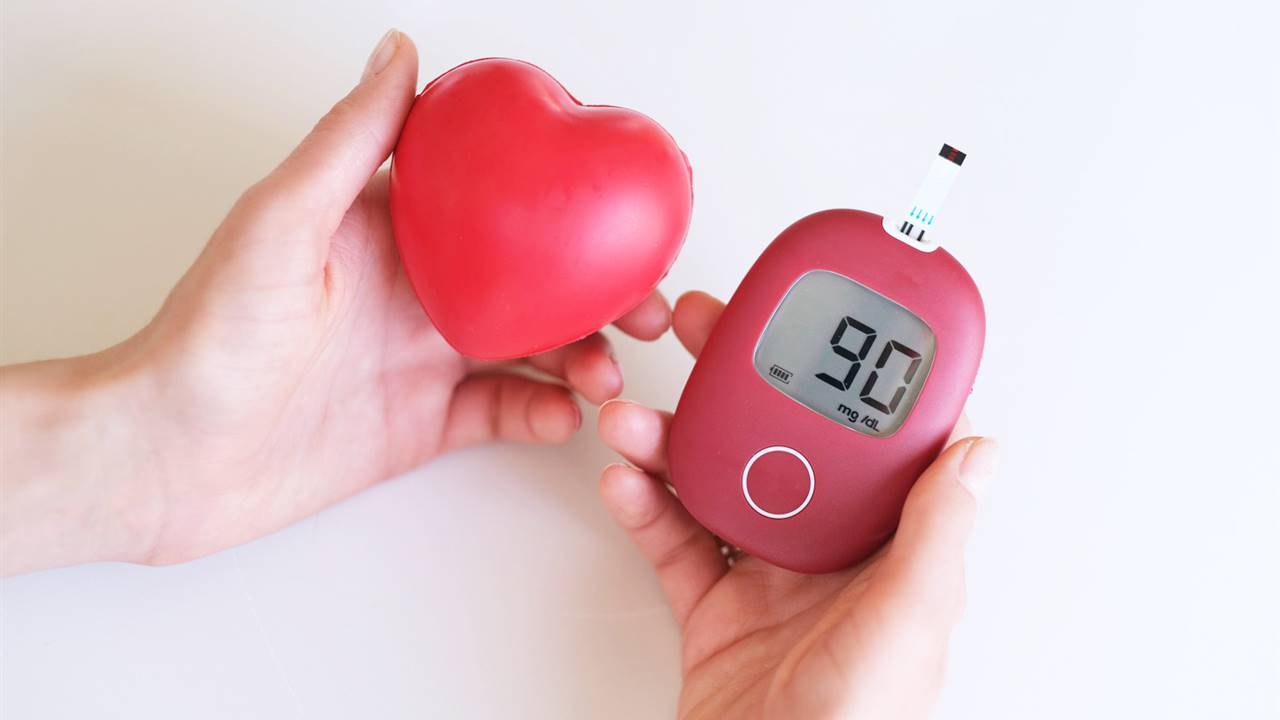
Does Metformin Help with Insulin Resistance?
Insulin resistance can quietly disrupt your metabolism long before symptoms appear—but could a common diabetes drug offer a solution? Metformin is widely prescribed, yet many people don’t realize its potential







